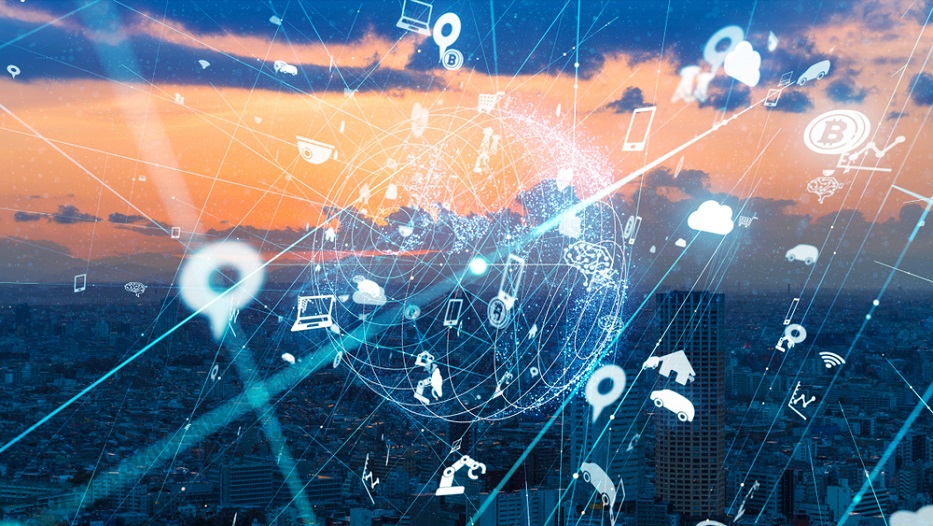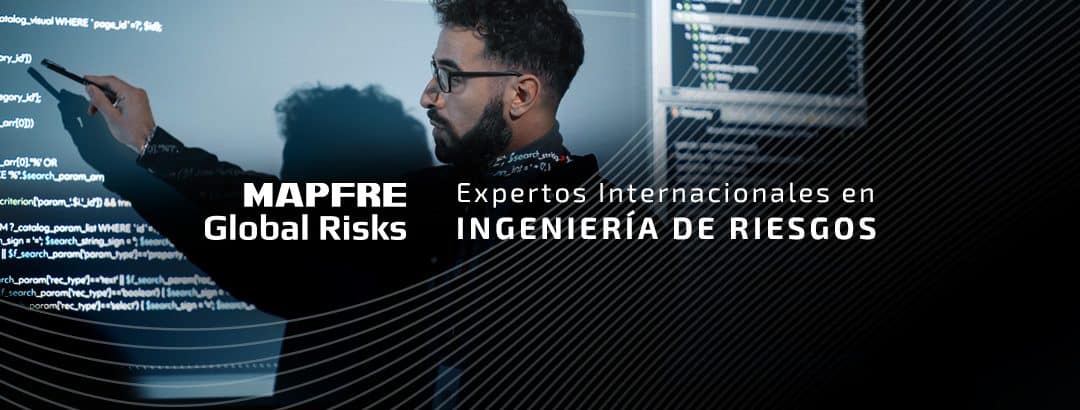admin | 18/09/2018
Due to the high interest generated by this post on our portal, we have decided to update the information on technologies of the future in a new article. Enter now!
If you are also curious to know which technologies were trending in 2018, click on the link > Article 2018 – technoligies that wil define the future





